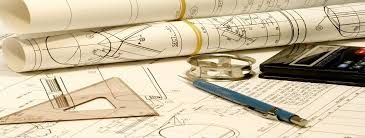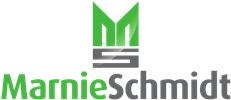
8.3.3 Design and development inputs
Ah yes, and now we get to the section so many companies previously chose to “exclude” from their quality management systems. This is some tough content and these are some tough requirements to meet. Many companies rely on their customers for the design of their products and services, and therefore, do not provide design services as they are defined here.
While there is no option to “exclude” any longer, there is still the option to address last week’s topic of design planning as it applies to processes, and to indicate that these processes are customer-provided.
However, if the organization provides design support for any products or services, there must be clearly defined processes which address the following requirements:
“The organization shall determine:
a) requirements essential for the specific type of products and services being designed, developed, including, as applicable, functional and performance requirements:”
The organization is responsible for determining these “essential” requirements and including them in the design of the product/service. “Functional and performance requirements” means that designs should also be validated to ensure their suitability.
“b) applicable statutory and regulatory requirements;”
This requirement explains that while the product/service is being designed and developed, that the customer’s requirements are not the only thing to be considered. All applicable requirements must be known and addressed during the design and development phases.
“c) standards or codes of practice that the organization has committed to implement;”
This should clearly be defined in the contract or purchase order so that neither party assumes the other has included them. There may be assumptions on the customer’s part that applicable standards or codes of practice typical in their industry would be included. It should be specifically stated and agreed upon.
“d) internal and external resource needs for the design and development of products and services;”
Not only must these be identified, but any external resources employed in the design and development stages are also subject to other requirements within the standard identified for “externally provided” resources.
“e) the potential consequences of failure due to the nature of products and services;”
The standard once again sneaks “risk” into this bullet point. Potential consequences of failure (or risk) is expected to be known, defined and addressed in the design/development phase.
“f) the level of control expected of the design and development process by customers and relevant interested parties.”
Gateways and reviews should specifically be defined to ensure all parties understand their roles, responsibilities and authorities in the design (and more importantly validation and approval) phases.
“Inputs shall be adequate for design and development purposes, complete and unambiguous. Conflicts among inputs shall be resolved.”
The gateways referred to above should have specific resolution processes to ensure that development, validation and approval are satisfactorily completed to produce a product/service that meets its intent.
Each of these requirements should be specifically addressed in any defined process for design/development.
THIS WEEK’S HOMEWORK
Similar to last week’s homework, review your quality management system. If this was previously “excluded”, it must now be addressed in the QMS. Again, it needn’t be overkill if design and development are not performed by your organization, but it should be clearly explained how these requirements are addressed (and by whom).
